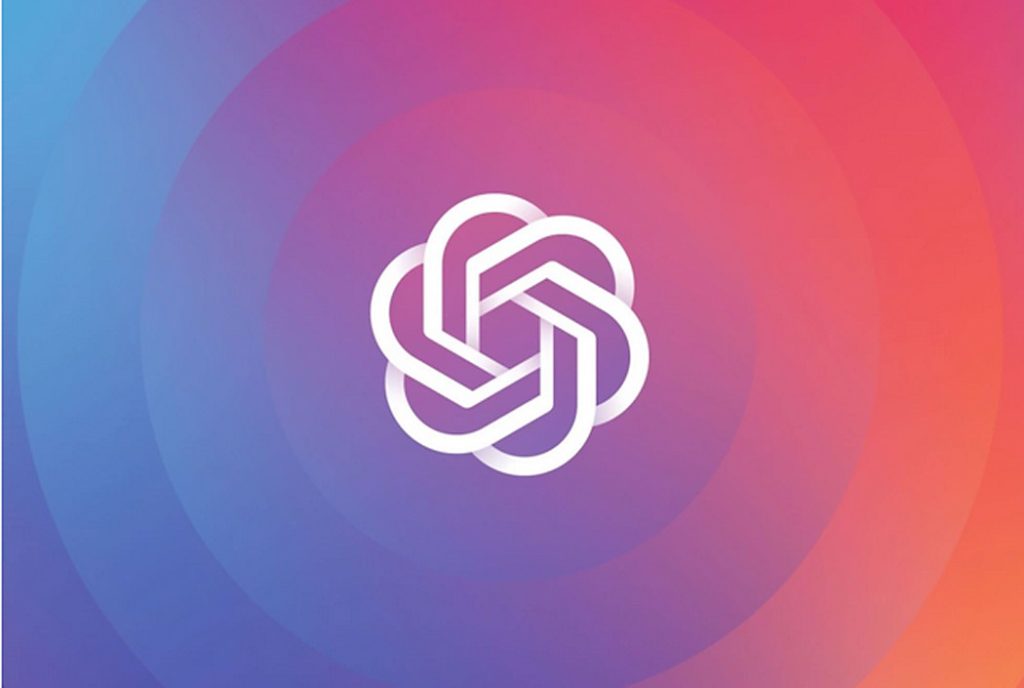
Call me prescient. I’ve written about generative artificial intelligence in this column six times now because it seemed revolutionary. And, ahem, now the experts agree.
In January, Microsoft invested $10 billion in OpenAI, planning to integrate its technology into their offerings, including adding language generation to Word.
Yep, you start writing, say, a proposal in Word, and then OpenAI’s ChatGPT could help you write the rest of it. Plus, Microsoft plans to integrate features of ChatGPT into their Bing search engine, possibly as early as later this month.
Also in January, Google CEO Sundar Pichai issued a code red: urgent meetings to try to figure out how to make sure this revolutionary new technology doesn’t supplant their search engine. Founders Larry Page and Sergey Brin were invited to return to the company to be involved. Google then announced plans to unveil 20 new AI products this year, including a version of Google Search that will have text-generation capabilities similar to ChatGPT.
And not a moment too soon. Google search results, a list of links, seem quaint compared to the intelligent articles generated by ChatGPT in response to queries.
The other major tech companies, such as Facebook parent company Meta, are also focusing on how they can join this new wave.
ChatGPT has become so popular that, as I write this, it’s often not possible to access the service. People continue to be amazed by what it can do. Four law professors at the University of Minnesota gave ChatGPT the same exams that were given in four different courses, and then graded them alongside the tests of the students without knowing which was which.
ChatGPT actually got passing grades—an average of C+ across the four exams, compared to an average of B+ for the students. If ChatGPT were to take all the exams in the curriculum, and repeat this success, it would be good enough to earn a law degree.
And this is just the beginning.
Think about it. Suppose you have a legal question. You can go to Google, which returns a list of links. You can click on some links and try to assimilate the answers. Or you can simply ask ChatGPT your question. And it’s only going to get better.
Scientists have actually begun using ChatGPT to help them write up the empirical research they submit to scholarly journals—with some even listing ChatGPT as a coauthor. Thousands of journals have now banned the use of ChatGPT, concerned that inaccuracies might creep into the articles. The leading journal in the U.S., Science, has banned the use of text from ChatGPT and said that it should not be included as a coauthor.
However, some publishers actually see a role for ChatGPT. Springer Nature, which publishes close to 3,000 scientific journals, has banned listing ChatGPT as a coauthor but allows its use in the preparation of studies, though that must be disclosed.
OpenAI, which also brings you the DALL•E image generator (labs.openai.com) in addition to ChatGPT, was founded as a nonprofit in 2015 by none other than Elon Musk (of Tesla fame) and a small group of artificial intelligence researchers. Musk left the startup in 2018, at which time it was remade as a for-profit company in order to attract venture capital.
Early on, Microsoft quietly invested $3 billion, and now has upped its stake by another $10 billion. It has already integrated OpenAI technology into some products, including the Copilot tool that helps computer programmers automatically generate pieces of computer code.
The stated goal of OpenAI goes well beyond ChatGPT and DALL•E. Its mission, says Microsoft, is to build “artificial general intelligence.” That is, the ability to do anything a human brain can do.
Scary. It’s sometimes said that with the rise of smarter machines and increasing automation, factories of the future will have just two employees: a human and a dog. The human will be there to feed the dog, and the dog will be there to keep the human away from the machinery.
OpenAI’s text- and image-generation technology uses neural net models to assimilate, without human intervention, millions of pages of text scraped from the internet, journals, and books, as well as millions of photos found online. Microsoft’s initial investment after Musk left paid for the huge computing power necessary for this.
But in the end, human assistance was needed. In 2020 OpenAI released GPT-3, and it had a problem. Like ChatGPT, it was amazing—but it was also racist, sexist, violent, and profane, thanks to the text it vacuumed up from the internet. OpenAI paid Kenyans up to $2 an hour to identify such content in thousands of snippets of text provided by OpenAI.
The result was the more dignified chatbot GPT-3.5—and the hugely popular ChatGPT demo. And there’s much more to come.
Find column archives at JimKarpen.com.
